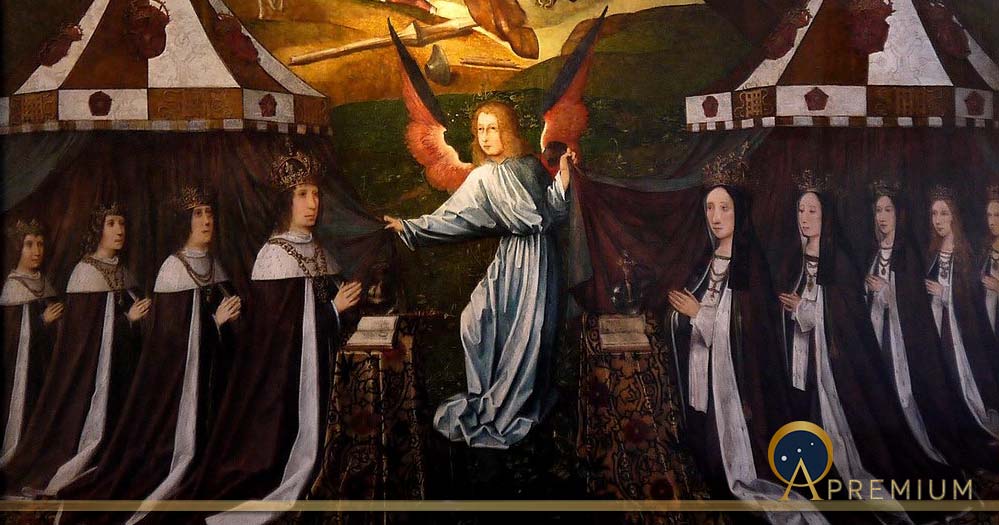The Other Arthur Of England: Pendragon Or Tudor?
For over 300 years, and probably more besides, the fabled figure of King Arthur had set the standard for English kings to follow. The victorious son of Uther Pendragon was, in the words of Geoffrey of Monmouth, the conqueror that ‘ no country could resist.’ Kings came “ of their own free will to promise tribute and to do homage.” Arthur held more than the hopes of heroism. His was a tale of caution. Camelot’s king knew what it was to be betrayed and abandoned. He suffered defeat and humiliation. He had even been made a cuckold. Any king that made Arthur his example was one who would never let a crown rest too easily on his head. Defeat could follow even the most glorious of victories.

Tapestry showing Arthur as one of the Nine Worthies, wearing a coat of arms often attributed to him (c. 1385)(Public Domain)
Towards the end of the 15th century, the tales of King Arthur, Camelot and his knights of the round table had acquired a new significance in England. The stories of a king who could triumph over his enemies, only to be betrayed by those nearest to him, found a new poignance in a half century where kings rose and fell with unprecedented pace. Yet, just as Arthur’s tales were flourishing in literature, a new wave of men was seeking to expunge him from the history books. These men fostered a new form of learning, called “renaissance humanism”. They were adamant that this treasured king of the Britons was nothing more than a myth.
Henry Tudor, A Fan of Arthur
But there was at least one humanist who disagreed sharply with this reassessment. His name was Henry Tudor, and thanks to his victory at the Battle of Bosworth Field in 1485, he had emerged victorious in the dynastic wars which had raged in England for 30 years. To the newly crowned Henry VII, King Arthur was far from a fable. He was family.

The family of Henry VII with Joachim and Anne meeting at the Golden Gate. The flowers are Marguerites (daisies), for Lady Margaret Beaufort, mother of King Henry VII. Red Rose of Lancaster (Public Domain)
The Tudors, like all newly enthroned dynasties, were on a quest for legitimacy. And it was in their Welsh ancestry that they searched for it. They descended, so they claimed and probably believed, ‘from the ancient Briton kings’ making them the true heirs of Brutus, Cadwaladr and most significantly, Arthur himself.
Like this Preview and want to read on? You can! JOIN US THERE ( with easy, instant access ) and see what you’re missing!! All Premium articles are available in full, with immediate access.
For the price of a cup of coffee, you get this and all the other great benefits at Ancient Origins Premium. And - each time you support AO Premium, you support independent thought and writing.
Extracts from Arthur, Prince of Wales: Henry VIII’s lost brother Pen and Sword.
Gareth Benjamin Streeter is a Royal history researcher and writer with a specialist interest in the Wars of the Roses and the early-Tudor period. He is the author of Arthur, Prince of Wales: Henry VIII’s lost brother
Top Image: Portrait of the Royal Tudors. At left, Henry VII, with Prince Arthur behind him, then Prince Henry (later Henry VIII), and Prince Edmund, who did not survive early childhood. To the right is Elizabeth of York, with Princess Margaret, then Princess Elizabeth who didn't survive childhood, Princess Mary, and Princess Katherine, who died shortly after her birth. (Public Domain)
















